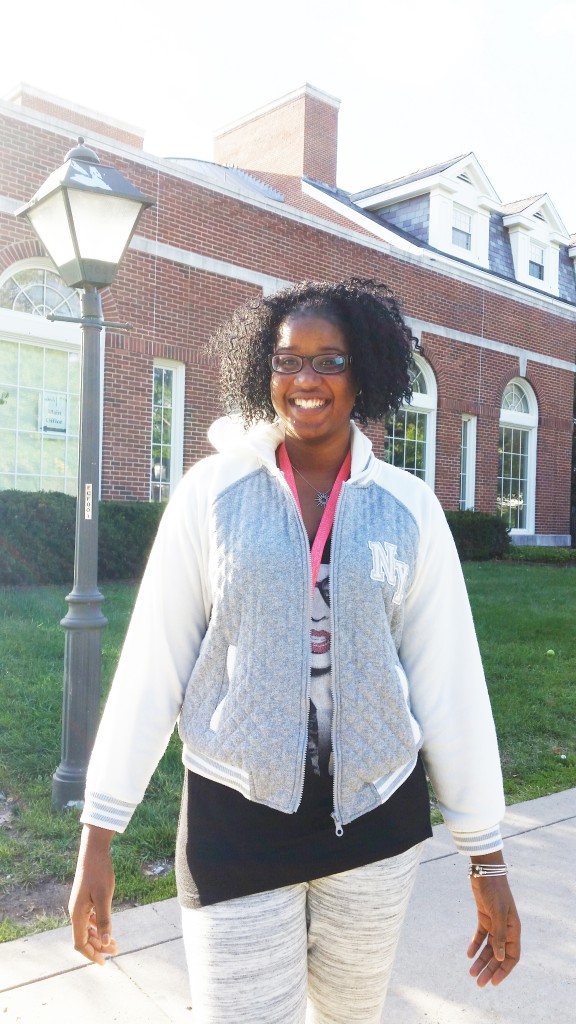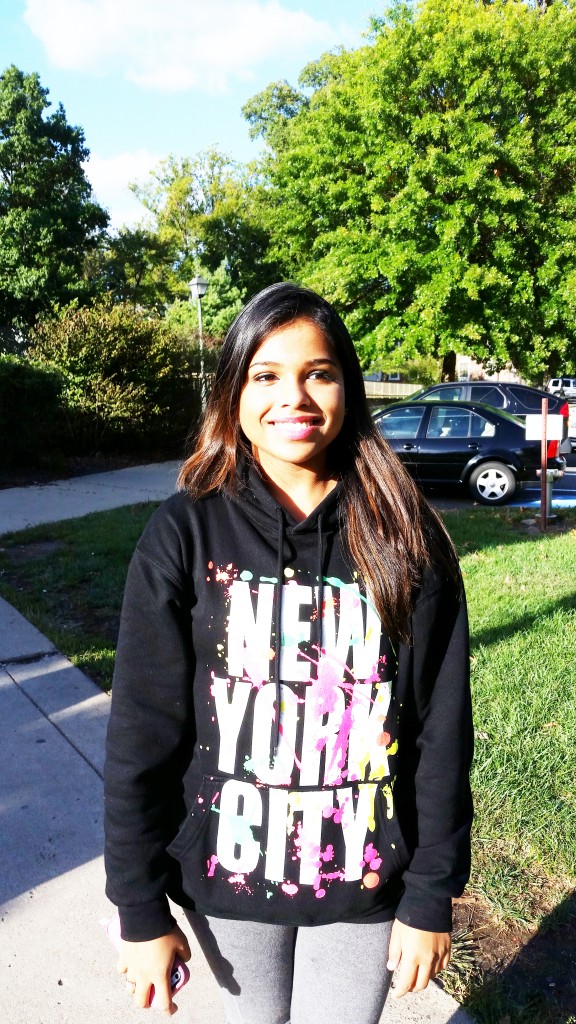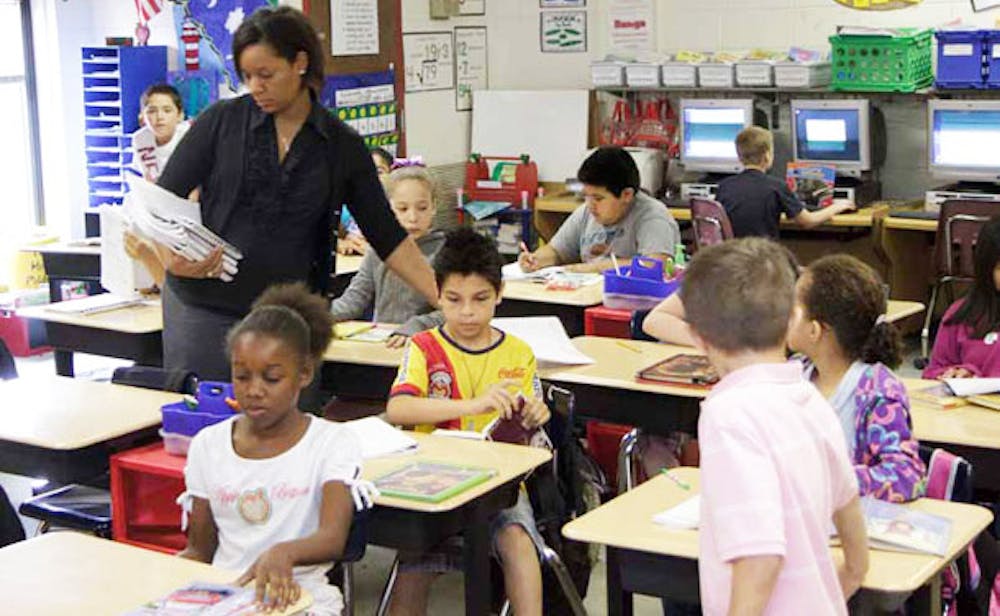By Marisa Gonzalez
Marisa Gonzalez, ’11 alumna, first started teaching for Teach For America corps and now teaches bilingual third and fourth grade students at Maude I. Logan Elementary School in Fort Worth, Texas.
It’s Hispanic Heritage Month and my fourth graders are reading about immigration. In our bilingual classroom, culture and language always play a starring role, but this time of year — and this year in particular — the emphasis feels particularly essential.
Every day, my Mexican-American students get bombarded with media messages about the “problem” of immigration. Over the coming months, as the political season heats up, the barrage will get worse, not better. As a teacher, I feel responsible for equipping my students with the knowledge and confidence to endure and, ultimately, change the conversation. Immigrants built our country. They will continue to shape us.
As Americans, we all have a role to play. When I first thought about becoming a teacher, I never imagined that I’d get to do it in a classroom like mine. My kids are expected to be able to read, write and think at a high level in both English and Spanish, which makes teaching complex and challenging.
However, it also validates their cultural identities, ensures their families can be active participants in their education and prepares my students to be competitive in a global workplace. Being bilingual is a tremendous leg up for talented students. At the national scale, Latino students have not been given the opportunities to excel at the highest level. We see it at every stage — from lower test scores to lagging high school graduation and college-going rates.
When we read texts like “Mi Diario de Aqui Hasta Alla” (“My Diary from Here to There”), “Going Home” and “La Colcha de los Recuerdos” (“The Keeping Quilt”), we’re making strides toward changing this. I have to equip my kids with hard skills, like reading and writing, as well as softer skills, to make them curious thinkers, passionate advocates and creative entrepreneurs.
When I first applied to Teach For America, I saw it as an opportunity to make an impact on others, while growing personally. I was aware of the gaps in educational opportunity in this country and wanted to be part of ensuring that more students got the same chances I did. From a purely practical standpoint, I also wanted to make sure that I got a running start in my post-college years. I knew that Teach For America would train me, and teaching would push me. So I moved to Dallas-Fort Worth and got my start.
During my time in Texas, I’ve developed passions I never expected to, abilities I never thought I would have and relationships that make my life rich, interesting and full. As I look back, I’m grateful to my 21-year-old self for listening to her gut.
And as I work for excellence in the classroom and aspire to one day lead a school serving low-income students here in Fort Worth, I know I owe my 21-year-old self a big thank you.
This work isn’t easy but it’s essential. In the coming months, as the national dialogue continues to undermine hard-working kids and families across the country, I hope we’ll all think hard about the roles we might play — as teachers, mentors and those who stand up for communities that are the lifeblood of this nation. Day in and day out, my students are working hard on their part, and I can’t wait to see what they’ll do.
Students share opinions around campus

“I don’t think it’s a problem I’m an immigrant, I’m from West Africa (Mali). If you do (immigration) the right way and do it in a legal way, it’s a good thing. If you try to cheat then it becomes a problem.”

“If they were legally here, then it’s all right. America has so many problems and so many deficits to deal with (that) immigration should (not be a problem).”







